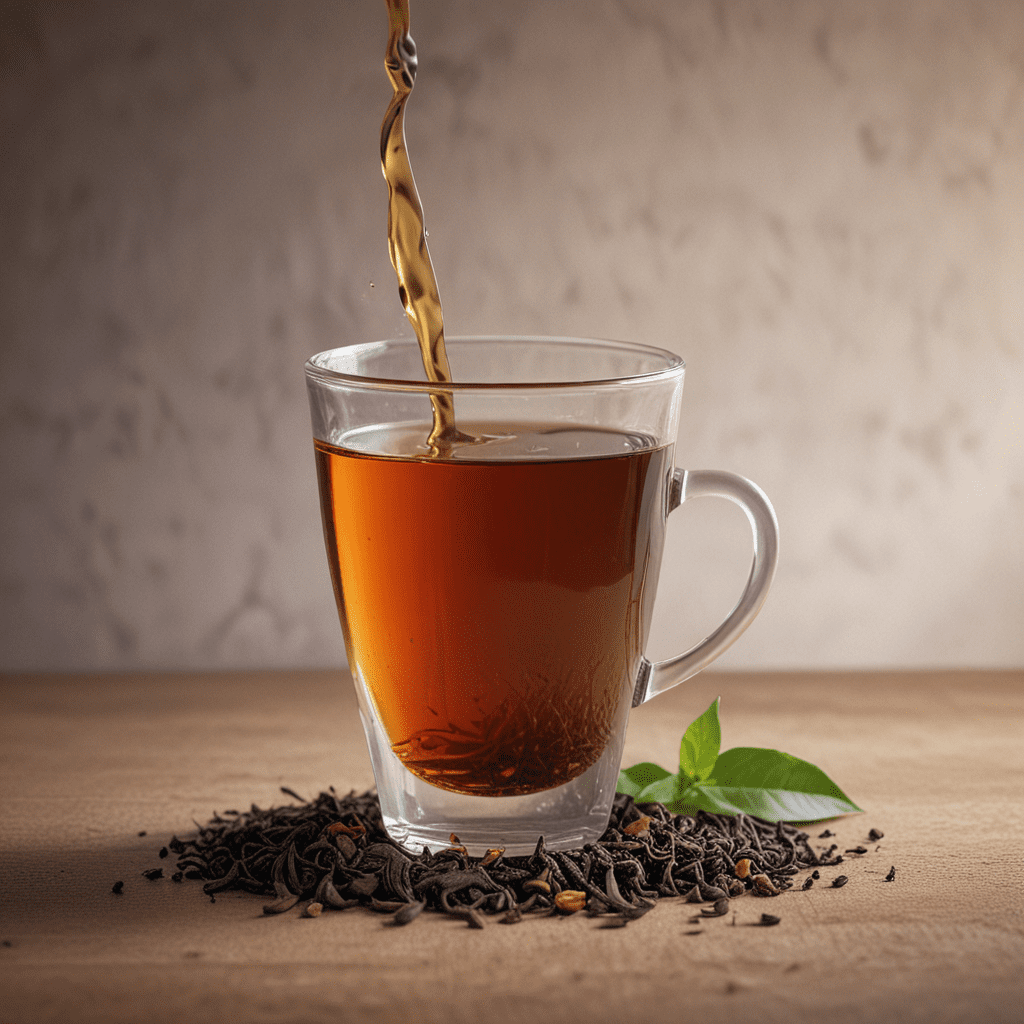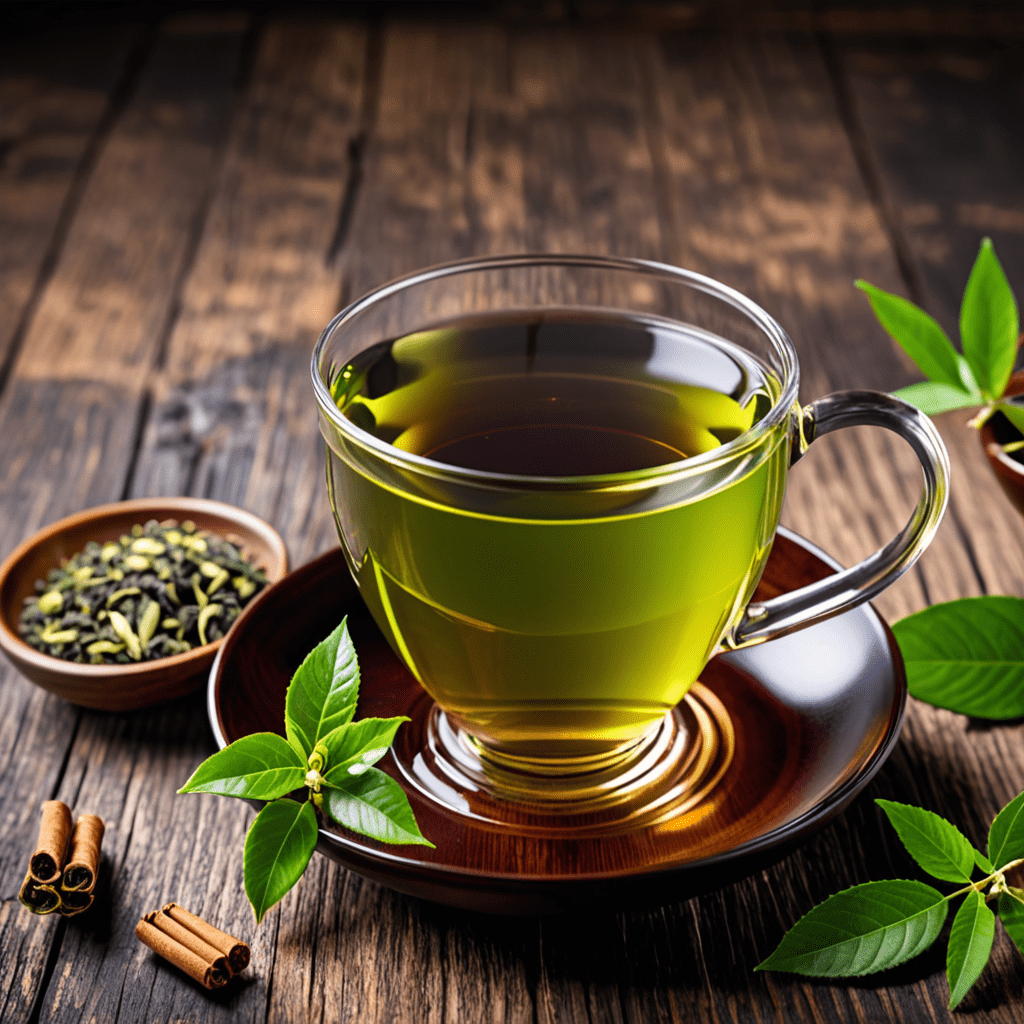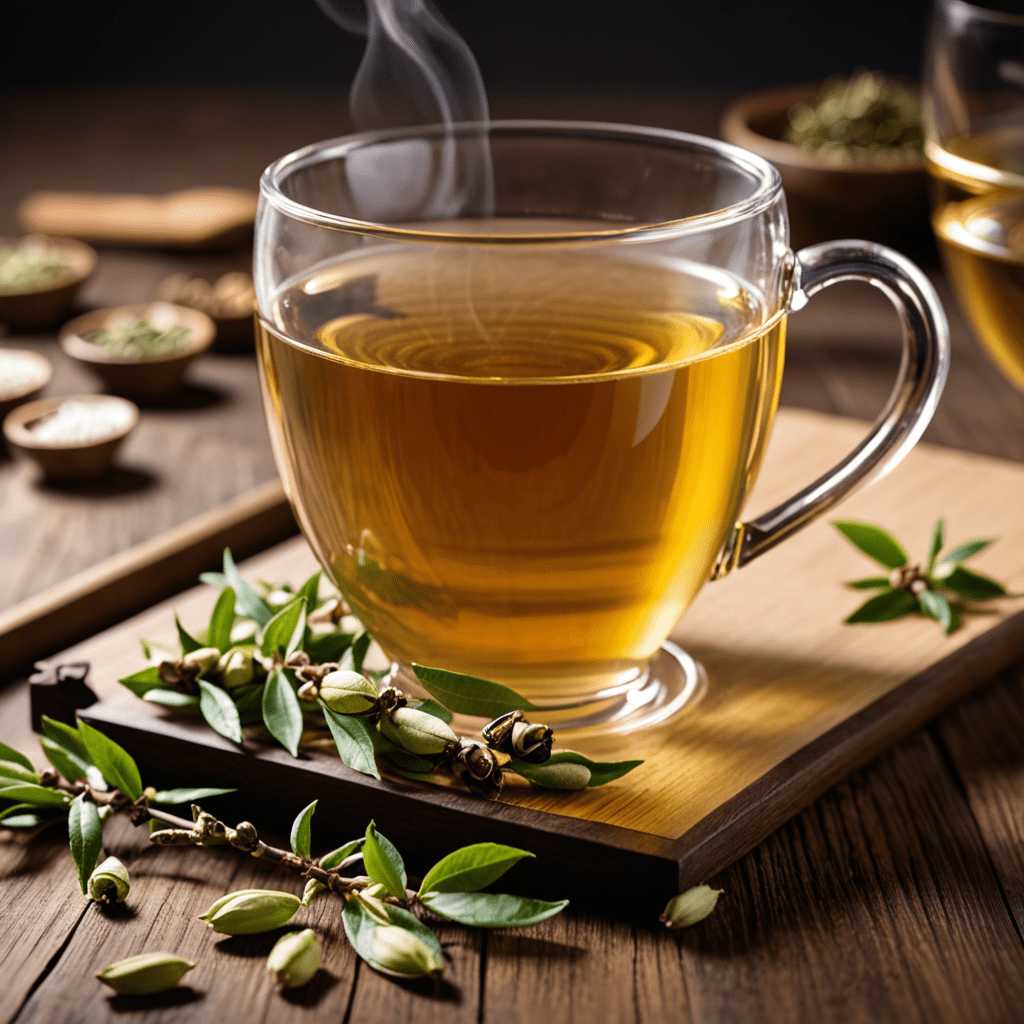1. Assam Tea: An Overview
Assam tea, acclaimed for its robust flavor and malty notes, originates from the northeastern Indian state of Assam. Grown in the fertile Brahmaputra Valley, Assam tea boasts a rich history dating back to the 19th century. It is one of the most popular black teas globally, renowned for its full-bodied character and unique flavor profile.
2. Understanding Tea Tasting Terminology
To fully appreciate the nuances of Assam tea, it's crucial to familiarize oneself with essential tea tasting terminology. "Aroma" refers to the fragrance released by dry tea leaves, while "flavor" encompasses the sensations perceived on the palate. "Body" describes the tea's weight and texture, and "finish" denotes the lingering aftertaste. Understanding these terms enhances the ability to articulate tasting experiences effectively.
3. The Art of Tea Brewing for Tasting
Brewing tea for tasting requires precision and attention to detail. Start with high-quality Assam tea leaves, ideally loose-leaf to allow for optimal infusion. Use freshly drawn water and heat it to the correct temperature for black tea, typically between 195-205 degrees Fahrenheit (90-96 degrees Celsius). Steep the tea leaves for the recommended time, which varies depending on the desired strength.
4. Sensorial Evaluation of Assam Tea
Sensory evaluation involves engaging all senses to assess Assam tea's characteristics. Observe the dry tea leaves' appearance, noting their size, shape, and color. Inhale the aroma to identify any prominent notes. Upon brewing, evaluate the tea's color, clarity, and aroma. Sip the tea and pay attention to its flavor, body, and finish. Use descriptive language to capture the nuances of the tasting experience.
5. Identifying Flavors and Aromas
Assam tea exhibits a distinctive flavor profile characterized by malty, earthy, and slightly spicy notes. Common aromas include chocolate, honey, and wood. Identifying specific flavors and aromas requires practice and a refined palate. Focus on discerning the primary and secondary flavors, as well as any lingering aftertastes. Use a tasting wheel or reference guide to assist in identifying specific characteristics.
6. Evaluating Body and Texture
Assam tea is known for its full-bodied nature, which refers to its weight and viscosity on the palate. The body of a tea can range from light and delicate to heavy and robust. Pay attention to the thickness and coating sensation of the tea in your mouth. Evaluate whether the body complements or contrasts the flavor profile.
7. Assessing Finish and Aftertaste
Finish refers to the lingering impression of the tea after it has been swallowed. A good finish leaves a pleasant and memorable aftertaste, while a poor finish can be short-lived or unpleasant. Note the duration and quality of the aftertaste. Consider whether it aligns with the overall tea experience.
8. Common Flavor Profiles of Assam Tea
Assam tea is renowned for its distinctive flavor profile. Malty notes are a hallmark characteristic, often accompanied by earthy undertones. Other common flavors include chocolate, honey, and spice. The specific flavor profile can vary depending on the region, growing conditions, and processing methods.
9. Factors Influencing Tea Tasting Experiences
Several factors can influence the tea tasting experience, including the time of day, water quality, and brewing parameters. The time of day can affect taste perception due to variations in saliva production and sensitivity. Water quality can impact the extraction of flavors and aromas. Brewing parameters such as water temperature, steeping time, and leaf-to-water ratio can significantly alter the taste profile.
10. Tips for Enhancing Tea Tasting Sessions
To elevate your tea tasting experience, consider the following tips:
- Use high-quality tea leaves: Opt for loose-leaf teas to allow for optimal infusion and flavor extraction.
- Brew with care: Follow recommended brewing guidelines for Assam tea to extract the desired flavors and aromas.
- Engage all senses: Pay attention to the tea's appearance, aroma, flavor, body, and finish. Use descriptive language to capture the nuances of your tasting experience.
- Take your time: Allow yourself ample time to savor the tea and appreciate its complex characteristics.
- Experiment with different teas: Explore diverse Assam tea varieties to identify your preferences and expand your tasting knowledge.
FAQ
Q: What is the ideal brewing temperature for Assam tea?
A: Assam tea should be brewed at a temperature between 195-205 degrees Fahrenheit (90-96 degrees Celsius).
Q: How long should I steep Assam tea for tasting?
A: Steep Assam tea for 3-5 minutes for optimal flavor extraction and body. Adjust the steeping time based on your desired strength.
Q: What are some common flavors associated with Assam tea?
A: Typical flavors found in Assam tea include malty notes, earthy undertones, and hints of chocolate, honey, and spice.



